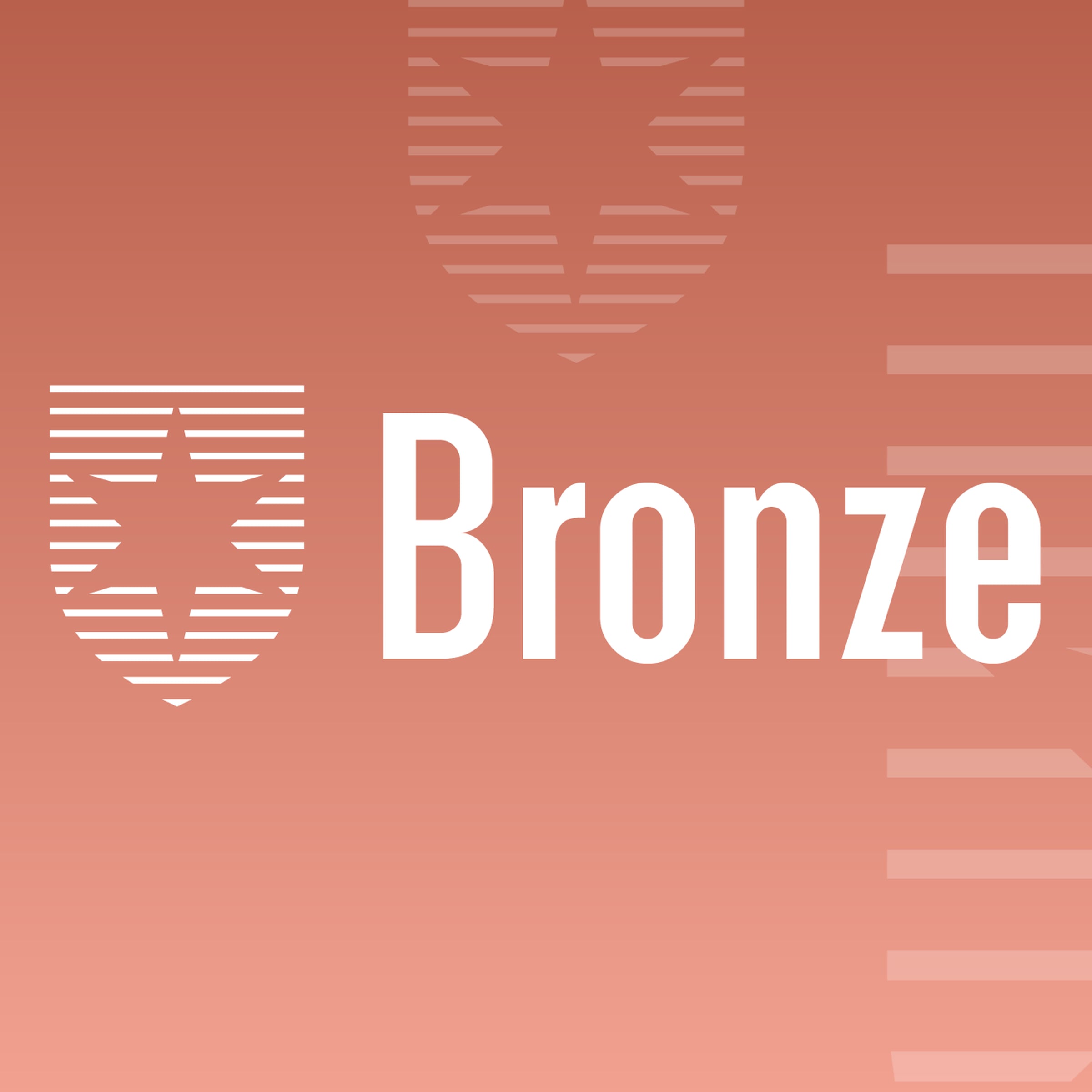Canadian Bond Markets are About to Get Bullish: Manager
With interest rate cuts around the corner, now could be the best time to go long Canadian bonds, says Mackenzie’s Konstantin Boehmer.

The Canadian fixed-income market has experienced a sea change since the brutal days in 2021 and 2022 when central banks jacked up interest rates to almost nose-bleed levels in response to runaway inflation. Yet seasoned investor Konstantin Boehmer believes that the Bank of Canada will engage in monetary easing and start to lower rates—sooner, rather than later.
No April Canadian Interest Rate Cut – But Keep an Eye on June
“Right now, the expectation is that they will not cut at the next meeting on April 10, but the June meeting is probably going to be the one,” says Boehmer, senior vice-president and head of fixed income at Toronto-based Mackenzie Investments. “They are setting the stage to cut rates at the next meeting and follow that with an actual cut at the June meeting. That’s my baseline assumption. The other part of my assumption is that they will keep on cutting rates at every meeting after that. But this is not priced in by markets.”
In Boehmer's view, the market is expecting rate cuts but not as aggressively as he believes. "The inflation picture is looking pretty good in Canada. Inflation has been coming down, but it will come down massively in the next few months. It sounds like a bold call, but it's not that bold," says Boehmer, lead manager of the $1.5 billion 4-star neutral-rated Mackenzie Canadian Bond F.
When Boehmer looks at the Canadian Price Index (CPI) he notes that it measures inflation on a year-over-year basis. “What is as important as the new information that comes in is the information that gets kicked out. In March, April and May of last year, we had really high numbers: 0.50%, 0.70% and 0.40%. But they are falling out of the year-over-year comparison and then we get this year’s March, April and May numbers.”
Falling Annual Inflation Will Allow Canadian Interest Rate Action
“Unless we get really high numbers—which I don’t really expect—then the year-over-year numbers will come down massively and then that creates a window of opportunity for the Bank of Canada to be a little more aggressive than what the market is currently pricing,” says Boehmer, a 21-year industry veteran who joined Mackenzie in 2013, after working in fixed income management roles with firms in Frankfurt and New York, and earning an MBA from the Sloan School of Management at the Massachusetts Institute of Technology.
From a performance standpoint, year-to-date (April 4) Mackenzie Canadian Bond F has returned -1.75%, versus -1.46% for the Canadian Fixed Income category. However over five and 10-year periods it has been a second quartile performer. Over five years, the fund returned an annualized 0.28%, versus 0.01% for the category. On a 10-year basis, the fund has returned an annualized 1.81%, versus 1.50% for the category.
The key to Boehmer’s thesis is that the new inflation numbers coming in are much lower than those that existed a year ago: “The new numbers are on average 0.10%. A year ago, the numbers coming in were 0.50%. My expectation is that inflation will come down quite a bit.” That pivot will allow the Bank of Canada to react on the inflation side. “Of course, they also look at growth and unemployment,” Boehmer notes, “And they are not looking great.”
Hidden Economic Hardships Will Hit Canadian Inflation
The weakness in Canadian data is somewhat masked by the strong immigration numbers. “The aggregate numbers look good. But on a per capita basis, it does not look good. There is hardship around us. It does not feel as if we are in a really good spot in Canada. Housing is challenged. And multiple industries are not doing overly well,” says Boehmer, who oversees a team of 28 people which manages about $55 billion in fixed-income assets.
While the year-over-year inflation rate is 2.8%, Boehmer argues that over the next three months, inflation will fall to around 1.8%. “People will be surprised that all of a sudden inflation is much lower. That’s why central bankers will say, ‘Inflation has come down meaningfully. Therefore we believe that our actions are correct,’” says Boehmer. “That is a window and I believe they will take it.”
U.S. to Follow ‘Cut and Pause’ Pattern
Significantly, the macro-economic environment is somewhat different in the U.S. “Inflation is a little bit stickier in the U.S. and economic growth is a little more robust than here,” observes Boehmer. “They look healthier in that sense and don’t need as much monetary easing, as the Canadian economy. Also, the Federal Reserve doesn’t have as big a window as what we have in Canada. Having said that, I believe the Federal Reserve will also cut rates. But they won’t cut rates back-to-back-to-back or not at every meeting. The likelihood is they will cut at every other meeting. So they will cut, have a pause, and cut again, and pause. That creates a slightly different path for the U.S, market.”
In his view, Canada’s interest rates will come down quite a bit, and because it’s not fully priced by the market, it should create a good environment for Canadian bonds, and especially for Canadians who hold mostly domestic fixed income. “My preference is for Canadian fixed income over U.S. fixed income.”
Canada to Out-Cut U.S. on Interest Rates
Usually, Boehmer adds, the Canadian and U.S. fixed-income markets move in tandem. “But every now and then you have some deviation and we are experiencing one of those deviations right now. The Bank of Canada has to cut more aggressively than the Fed. Maybe the Fed will just do a few cuts and then wait and see how things are playing out. But in Canada, we have to bring things down meaningfully. I can easily see a lot more rate cuts in Canada than in the U.S.” Based on the expectation that inflation is subsiding in Canada, he expects that by this summer the Bank of Canada will be comfortable in deciding to cut rates.
Using 10-year government bonds as a benchmark, Boehmer notes that U.S. bond yields are now about 4.20%, while Canadian yields are 3.45%. However the yield is not the only consideration since its direction is equally important. That is, if the Canadian bond yield falls, it creates price appreciation in addition to the bond’s yield. “My expectation is that the Canadian bond yield will fall further and faster than in the U.S. Predictions are hard to make, but I could see 10-year Canadian bond yield down by 75-100 basis points (bps). And the U.S. bond yield could drop 25 bps or lower. That means, you would get three times the move in Canada, than what you would receive in the U.S.,” says Boehmer, noting that lower inflation in Canada, than in the U.S., allows our central bank to make deeper rate cuts.
Concerns the U.S. May Cut Too Much
The biggest worry for this scenario, Boehmer admits, is that the Federal Reserve is focused on bringing rates down even though it does not have to. “In Canada, it feels to me that they have to lower rates very soon because that is what the economy demands. In the U.S., I am not so sure. It doesn’t need lower rates, because the economy is not suffering to the extent that Canada is. The U.S. doesn’t have high household and corporate debt levels. Household debt in the U.S. is all fixed and in super-long maturities—so they are much more insulated against higher rates. Growth still looks good in the U.S., and inflation is starting to pick up, and employment is super-tight. It doesn’t feel too restrictive,” says Boehmer. “The biggest risk is that the Fed wants to cut rates too aggressively and thereby creates the breeding ground for the next run higher in inflation.”
Best Starting Point to Go Long on Bonds
From a strategic viewpoint, Boehmer notes that his team has a particularly bullish view of Canadian bonds. “We actually like Canadian fixed income a lot. With our inflation challenges, and the belief that the Bank of Canada will soon have a window of opportunity to cut rates, this is as great a starting point to be long fixed income as there could be,” says Boehmer, adding that given potential negative fall-out from the economy, and equity markets, Canadian bonds are one of the best hedges against adverse developments. “Out of all developed bond markets, this is our biggest position right now.”
Offering a yield to maturity of 4.5%, Mackenzie Canadian Bond F's portfolio is split between 35% in federal bonds, 20% provincial bonds, and about 45% investment-grade corporate bonds. "That's our edge," says Boehmer, when questioned as to why the corporate bond weighting is about 20% larger than that of the benchmark FTSE Canada Universe Bond Index. "Our team knows Canadian companies inside out. We feel comfortable owning corporate debt and taking on a little more risk. In the investment grade space, especially when we look at what is available—such as your RBCs (RY) and your Loblaws (L) and Trans Canadas (TTG)---we see high quality companies where we are comfortable that we will actually get paid back," says Boehmer, noting that the portfolio owns these names.
Be Selective on Your Bond Picks
“We like a bigger allocation, but we have to be tactical here,” Boehmer adds. “In an environment where the Bank of Canada is going to cut rates, we believe that corporate bond spreads are well-supported. There are some weaknesses [in the sector] but we avoid certain segments of the economy a little more than others. We also recognize that the Bank of Canada will most likely provide support. In general, that is good for corporate debt. That will keep the extra compensation that you get from corporate bonds quite tight.”
If the Mackenzie team can earn another 100-120 basis points in extra yield, that’s a good objective. “Would we go with 100% corporate bonds? Absolutely not. But having a little bigger weight than the benchmark is something we like to have.”




